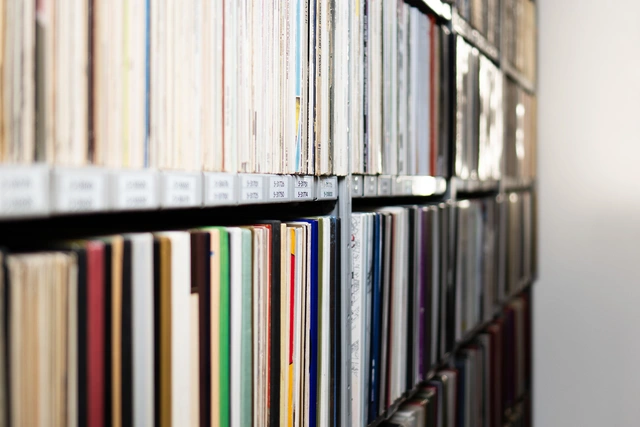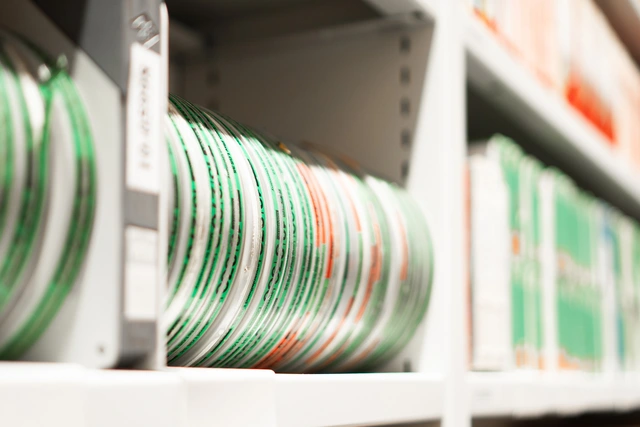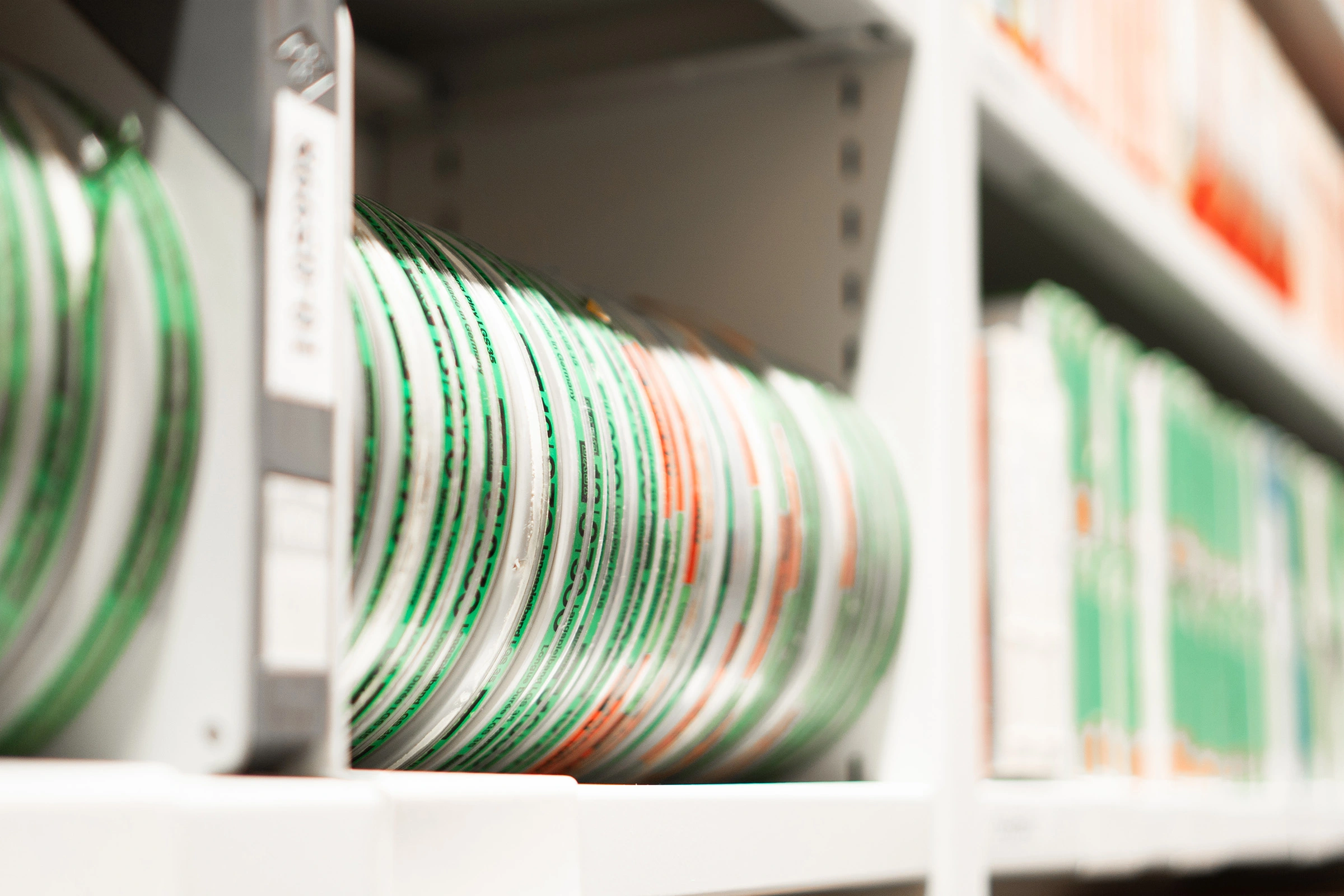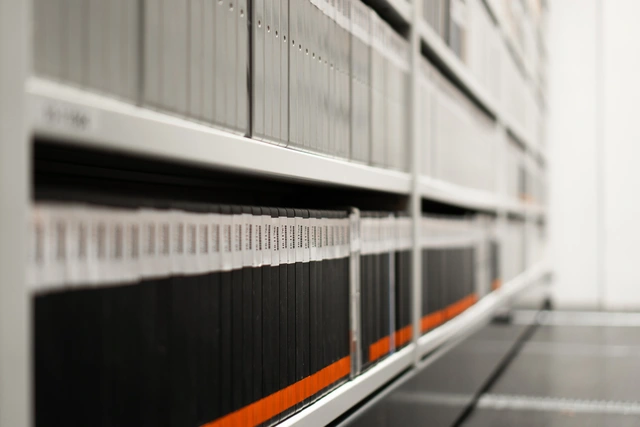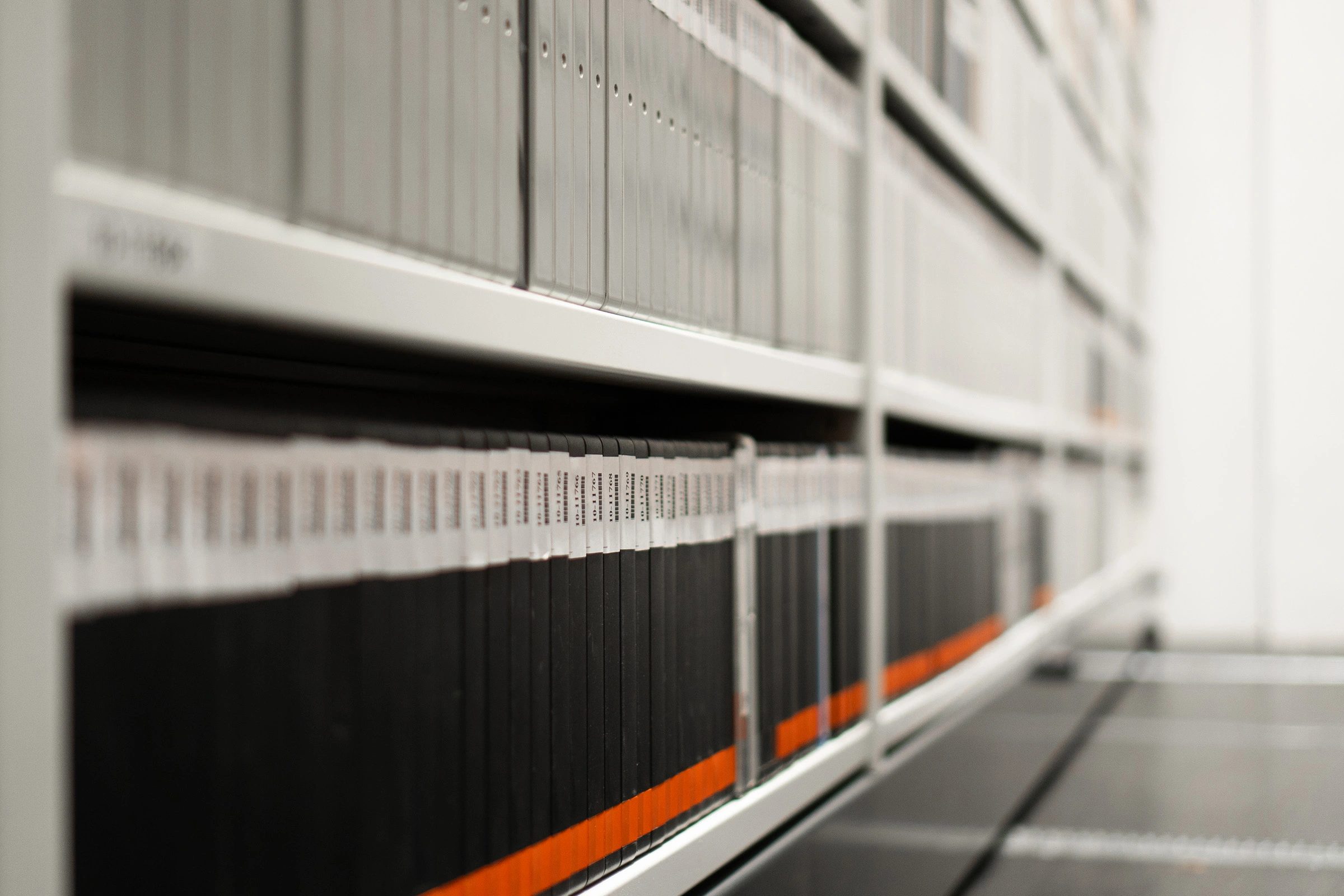Collection
The Österreichische Mediathek preserves Austria's audiovisual cultural heritage. Our archive contains over two million audio and video recordings of Austrian contemporary and cultural history.
As a "scientific institution under public law of the federal government", our collection strategy is defined in the Museums Act of the Republic of Austria: (§ 17 Structure of the Österreichische Mediathek Collection) and comprises the following collection areas:
- Audiovisual media published and/or produced in Austria;
- A selection of AV media published and/or produced abroad with a connection to Austria as well as AV media of general interest;
- Non-published AV media primarily related to Austria;
- Multidisciplinary audiovisual source material (active documentation);
- Television, radio, Internet audiovisual content received in Austria as well as other information and communication services related to Austria.
In Austria, there is no so-called "Pflichtstückgesetz" (Depot legal) in the field of audiovisual media. This means that audiovisual media produced in Austria are not automatically handed over to an archive. However, the Österreichische Mediathek fulfills the tasks of a national audiovisual archive on the basis of its legal mandate - albeit in the form of a curated selection of content in all areas.
In keeping with this mission, our holdings cover a wide range of content: they range from music and literature to history and politics, science and private documentation of everyday life and cover a period from the end of the 19th century to the present day. (Link to the catalog)
Our collection is not only diverse in terms of content, we also store a wide range of carrier formats in our depots, including
- Audio cassettes
- CDs
- Records
- Shellacs
- Tapes
- Betacam / Betacam SP
- DVDs
- Hi8
- U-matic (Highband, Lowband, SP)
- VHS / S-VHS
- Video 2000
- Digital audio and video files
And numerous other (historical) audio and video formats.
We collect published material, but many of our audio and video documents are also unique items that are only available in the Österreichische Mediathek, such as our collections in the field of oral history (link to MenschenLeben) or the Österreichische Mediathek's own recordings (link to the digital collection with filter).
Together with cooperation partners (link to page cooperation partners) and many private collectors (link to page collection transfer) we are constantly expanding our collection.
For current and future generations
As far as legally possible, we make our rich audiovisual cultural heritage available online (link to digital collection page) and in our public service (link to public service). As an archive, however, our collecting activities also ensure a representative tradition and thus lay the foundation for a future culture of remembrance and research.
Our collections in the “Memory of Austria”
Several collections of the Österreichische Mediathek have been included in the "Memory of Austria" register as part of the UNESCO "Memory of the World" program. (Each with a link to the digital collection)
- The scientific films of the Austrian Institute for Scientific Film (ÖWF) are an indispensable source for the presentation of film as a scientific methodology in the history of science.
- The radio broadcasts of the United States Information Service (USIS) served to increase acceptance and education about US policy abroad as well as the promotion of dialog. The Österreichische Mediathek has selectively digitized the tapes in cooperation with the Wienbibliothek, which owns them, and makes them available online.
- The collection of audio and video recordings of the Burgtheater, which includes premieres and first performances, guest performances, readings, tributes and matinees since 1955, is being continuously expanded as part of the cooperation with the Burgtheater.
- The collection of sound recordings of the Österreichische Mediathek 1965-2000 consists of tape recordings, especially of cultural events.
- Founded in 1924, Radio Verkehrs AG (RAVAG) was the first Austrian broadcasting company. The RAVAG and Red-White-Red collection of historical radio recordings is an important source of Austrian media history as well as the history of the post-war years and the occupation period.
- WIKO* recorded interviews with contemporary witnesses to the history of the First Republic on tape. The audio material and the digital copies are part of the collection of the Österreichische Mediathek and a larger collection of the Staatsarchiv.
- The Lichtblau Collection comprises interviews with victims of National Socialism conducted between 1986 and 2000, mainly in Austria, the USA and Israel.
- The collection of audio and video recordings of the Salzburger Festspiele contains recordings from over 80 years of Festspiel-history with unique highlights of European music and theater history.
